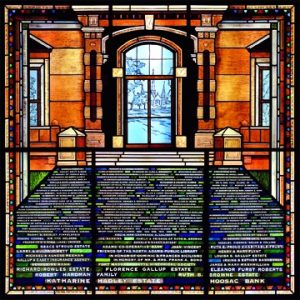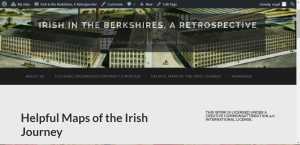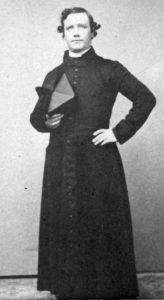When I was notified of my acceptance into the Cultural Crossroads course sponsored by the Council of Public Liberal Arts Colleges last semester I was extremely excited. I love being able to push my learning and interact with course subjects differently than in a traditional class room. Having a class with students from all over the United States was an amazing opportunity and allowed me to meet wonderful people I most likely would never have encountered otherwise. I had used Skype before and a few other face-timing programs but Zoom was entirely different and a little strange to get used to. When the course started, I was still at home as my school’s semester still had a few weeks until its start date. It was interesting and also sort of challenging to transition my mind away from work and summertime when after class all I had to do was leave my bedroom and then go downstairs to take care of my dog. It was really different to be able to experience not only a version of online school but also staying at home for school when my college is two and a half hours away from my house.
Being able to experience class over zoom session was also really helpful because they were all recorded and so we could go back and re-watch class if we did not understand something or the internet connection cut out. Another thing that was challenging about having school start later then the course was being able to meet up face to face with my partner and start our research. We already knew we most likely wanted to study Irish Immigration during the late 1800s, but that meant that a lot of our research was going to involve physically going to the archives and sorting through information. With both of us away from school for almost the entire first month of class, it was difficult to feel like we were making progress, but we were able to find really great online resources in the meantime.
Being back at school definitely made class easier as I was able to get into a routine fairly quickly. However, one of the worst things about being back at school during this course was the internet connection. Our school updated the system about a month in the semester and it caused a lot of problems connecting to the internet. Being back at home I believe I only had one day where it Zoom told me my internet was unstable, at school it was a regular occurrence for a while. But being able to go to class with Susannah really allowed us to focus our thoughts and ideas about how to shape our project, poor internet or not.
Deep diving into archival research was really great. Both Susannah and I were in a class about Historiography at the same time as this course, so we were able to get a more hands on approach to learning how to create our project which was amazing. Another huge benefit about us being in our Historical Methods and Theories class at the same time was that we had a fresh knowledge of how to sort through sources to find the best ones. In the beginning of the year we talked a lot about the different types of primary and secondary sources and in what situations sources count for each. That alone was helpful in determining what sources counted for what, but we also spent an extensive time on how to interpret those sources and use the cultural and political context of the time they were written in to understand their position from the best of our abilities. When sorting through the resources at our local library keeping everything we had learned from that class in mind really allowed us to figure out what sources would be most helpful to our site. Building a website from scratch was a huge undertaking but super worth it. I love designing things and being able to go in to the nitty-gritty of WordPress and play with the settings to make the content look a certain way was really fun and I definitely learned such a valuable skill that I would not have learned in any other class.





